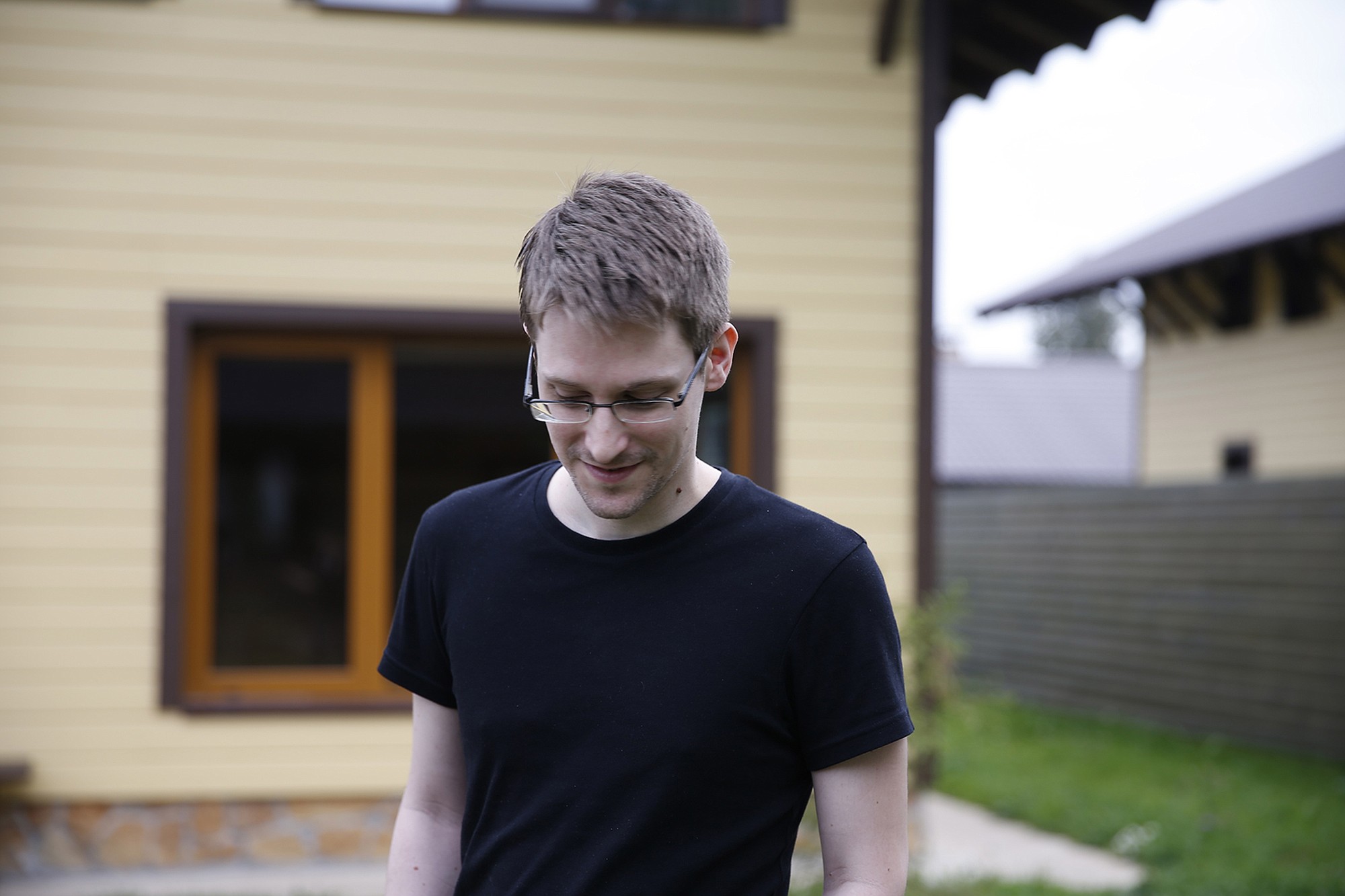Nothing in her career as a documentary filmmaker could quite prepare Laura Poitras for an encounter in a luxury hotel room in Hong Kong in June 2013. It was there, amid absolute secrecy and after months of encrypted communications, that she met Edward Snowden. The once-anonymous contractor for the National Security Agency was about to become the world’s most famous whistleblower, leaking classified documents that exposed the unprecedented global and domestic reach of the agency’s surveillance programs.
“Being in the hotel room, I had an experience I had never had before,” said the filmmaker, who spoke after introducing a screening of “Citizenfour” at the New York Film Festival, where the film premiered Oct. 12 to a long, loud standing ovation. “There were things I filmed that I couldn’t remember that I filmed, and I saw them later in the footage. I just blocked them.”
Although she remains behind the camera, Poitras was joined in the sessions by journalists Glenn Greenwald — to whom Snowden had likewise reached out and the filmmaker persuaded to participate — and Ewen MacAskill of the Guardian. They would become the conduits for the release of Snowden’s explosive revelations. (Many of the further revelations came in a series of Pulitzer Prize-winning stories written by Barton Gellman that appeared in The Washington Post.)
“There’s a conversation when Glenn talks to Snowden about coming forward, and the camera goes back and forth, and I actually didn’t remember I filmed that, and for me it’s the most powerful scene in the film,” said Poitras, 52. In the scene, Snowden insists he will go public as the source of the NSA leaks that the journalists will release regardless of the consequences. It’s a palpably electric sequence, which would be the core of any fictional drama. In this case, though, the action is perilously real, and the camera isn’t only capturing a historical event, it’s part of the making of it.



